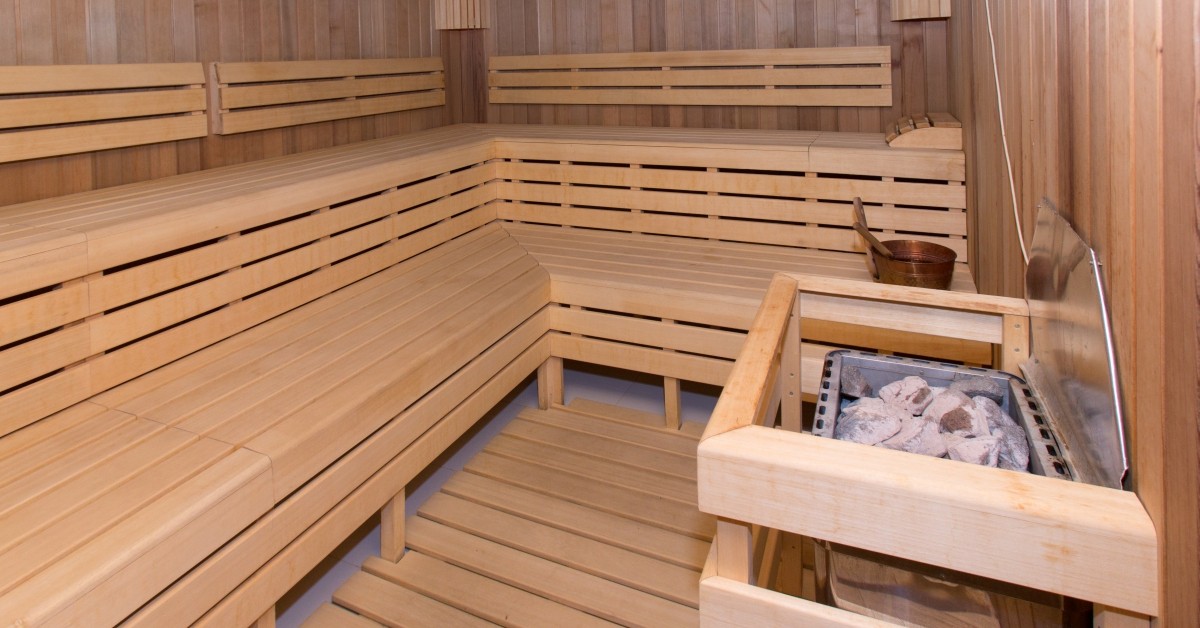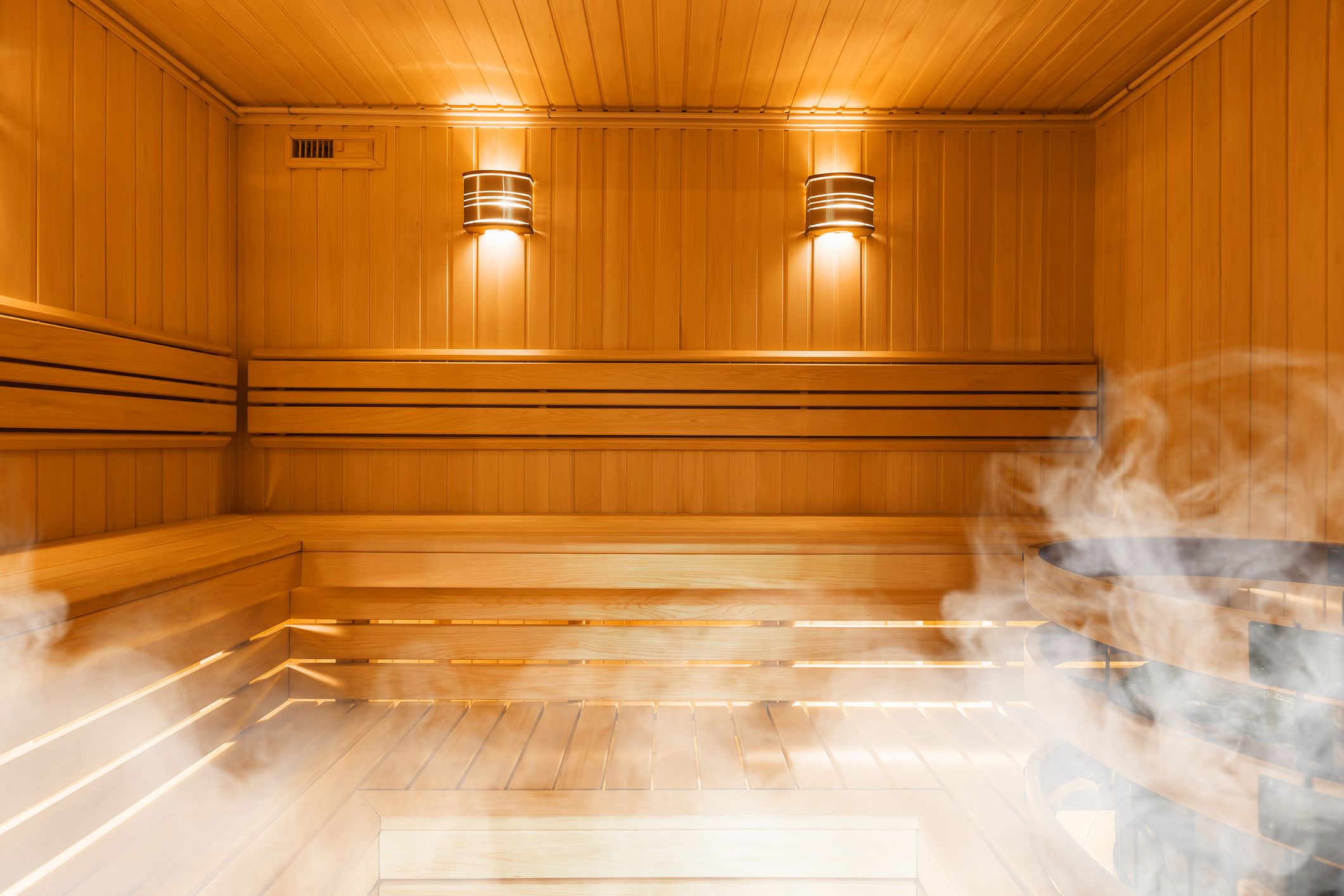In the realm of health and wellness, saunas have long been recognized for their therapeutic benefits, offering a haven of relaxation, detoxification, and rejuvenation. Among the two primary types of saunas, wet and dry saunas stand out with their distinct approaches to generating heat and creating a unique sauna experience.
Dry Saunas: The Traditional Finnish Approach
Dry saunas, also known as Finnish saunas, epitomize the traditional sauna experience. They utilize electric or wood-burning heaters to elevate the air temperature to around 160 to 195 degrees Fahrenheit, while maintaining a relatively low humidity level of 10 to 20%. The combination of intense heat and dry air promotes profuse sweating, aiding in detoxification and cleansing the body.

Wet Saunas: Embracing the Steam
Wet saunas, often referred to as steam rooms, take a different approach to creating heat. They employ steam generators to produce a high level of humidity, typically reaching 100%, while maintaining a lower temperature range of 90 to 120 degrees Fahrenheit. The enveloping steam penetrates the skin’s pores, promoting deeper relaxation and respiratory benefits.

Unveiling the Key Distinctions
The primary distinction between wet and dry saunas lies in their humidity levels. Dry saunas feature a low humidity environment, while wet saunas generate a high humidity atmosphere through steam. This difference in humidity significantly impacts the sauna experience and the associated benefits.
Comparing the Sauna Experience
| Feature | Dry Sauna | Wet Sauna |
|---|---|---|
| Humidity Level | Low (10-20%) | High (100%) |
| Temperature Range | High (160-195°F) | Lower (90-120°F) |
| Primary Benefit | Profuse sweating, detoxification | Relaxation, respiratory benefits |
| Sensation | Dry heat | Enveloping steam |
Exploring the Benefits of Saunas
Regardless of the type, saunas offer a range of health benefits, including:
Improved circulation: The heat generated in saunas stimulates blood flow, promoting better circulation throughout the body.
Reduced stress and anxiety: The relaxing environment and the release of endorphins during sauna sessions contribute to stress reduction and anxiety relief.
Detoxification: Profuse sweating induced by saunas helps eliminate toxins and impurities from the body.
Muscle relaxation: The heat promotes muscle relaxation, easing tension and pain.
Respiratory benefits: The steam in wet saunas can help clear congestion and improve respiratory function.
Considerations for Choosing a Sauna
The choice between a dry sauna and a wet sauna depends on individual preferences and desired benefits. Those seeking intense heat and profuse sweating may gravitate towards dry saunas, while those seeking a more relaxing and respiratory-focused experience may prefer wet saunas.
Enhancing the Sauna Experience
To enhance the sauna experience and maximize its benefits, consider the following tips:
Hydrate adequately: Drink plenty of water before, during, and after sauna sessions to replenish fluids lost through sweating.
Limit sauna time: Start with shorter sessions and gradually increase the duration as your body adapts.
Cool down gradually: After a sauna session, cool down gradually to avoid overheating and dizziness.
Listen to your body: If you experience any discomfort or dizziness, stop the sauna session immediately.
Conclusion: Embracing the Power of Saunas
Whether opting for the dry heat of a traditional Finnish sauna or the enveloping steam of a wet sauna, both types offer a unique and rejuvenating experience that promotes relaxation, detoxification, and overall well-being. By understanding the distinct characteristics and benefits of each type, individuals can make informed choices that align with their personal preferences and health goals. So, step into the warmth of a sauna, let the heat envelop you, and embark on a journey of wellness and relaxation.